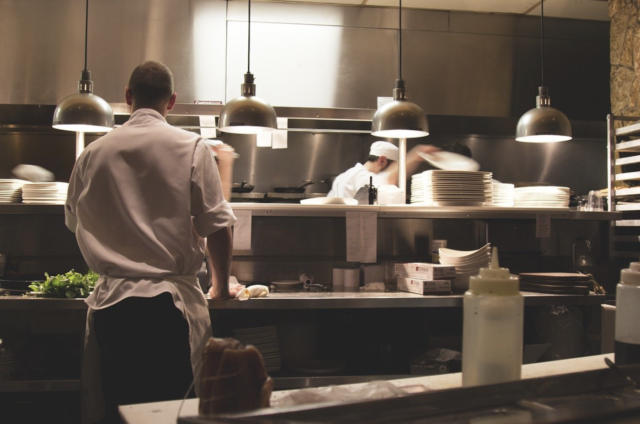Also termed as ghost restaurants, virtual restaurants are renowned outlets that take customers’ orders via online apps. The restaurants exclusively prepare delicacies for take-out, delivery customers, and pick-up. With the rise of third-party delivery apps, virtual restaurants can now serve virtual menus to virtual consumers.
Why are Virtual Restaurants Popular?
Contents
Over the months, a plethora of dining establishments have suffered a terrible blow with the rise of the COVID-19 pandemic. To increase revenue sales and keep things going, restaurants have adopted the take-out option, which has become a lifeline for virtual kitchens and reputable food brands.
Virtual restaurants are constantly evolving hence creating new opportunities for brands. According to Euromonitor market research, the industry is expected to experience explosive growth. As you may think that the concept of virtual restaurants is new, that’s not the case. In 2016, the renowned Butler Hospitality introduced an in-room dining service by offering beverage and food services for multiple hotels. Butler introduced this concept using a single neighborhood outlet.
How Virtual Restaurants are Changing the Food Industry
Today, local food businesses and restaurants have started to turn their operations into ghost kitchens. Surprisingly, high-end restaurants have also joined the trend. Most dining businesses are testing the concept of virtual restaurants and eliminating the commitment of multiple physical locations.
The idea of generating new revenue streams and attracting consumers is undeniable. Virtual restaurants present both mid-sized and high-end restaurants with the opportunity to play with new menus, brand ideas, and flavors.
Social media platforms have also largely contributed to the rise of ghost restaurants. Over the years, the restaurant used a traditional model to grab consumers’ attention. As a result, business owners invested in great hotel decors, great food, and picking the right location for business. With social media, you can post delicacies and delivery options. As a result, consumers can like your content and follow your newsfeed as you build your brand.
How Virtual Restaurants Operate
Referred by restaurateurs as pop-up kitchens, virtual restaurants feature a full menu of delicacies. In most cases, the menu exists online and is only available for delivery. Virtual restaurant orders are made on physical restaurants designed to produce secondary, virtual concepts. Alternatively, the orders are made on food trucks and commissary spaces that are not restaurants.
Virtual restaurants have become a staple in large cities. These restaurants are the game-changer in the food and nutrition industry. Besides mitigating the traditional expenses of operating a physical dining outlet, ghost restaurants are using digital platforms like Uber to provide consumers a faster, convenient way to dine.
Consumers can now order food and enjoy delicacies at home, thanks to virtual restaurants. To make an order, all you need is a smartphone/desktop and an internet connection. Once you make an order, the ghost restaurant is notified and starts preparing the ordered dish. The order is then transported to the specified location by a trusted food delivery service. The payment is dispersed to relevant parties once the customer makes the transaction.
Why Rent a Dark Kitchen?
Virtual restaurants are ideally located to serve a wide range of consumers in busy neighborhoods. The Deliveroo dark kitchens have specialized in food delivery services. The kitchens are ready and designed to move to a busy neighborhood. With such a kitchen, you don’t need to incur utility connection costs, permits, and construction delays.
When you rent a kitchen, you also avoid high upfront costs. With a commercial kitchen, you can get started taking orders whenever you’re ready. Also, you avoid upfront costs associated with a mortal restaurant and traditional bricks. The bottom line is, dark kitchens are designed to support your digital food delivery business.
Commercial dark kitchens also promote workflow and preparation processes. Unlike traditional restaurants, virtual kitchen designs are more flexible and minimize the table turnover rates. Also, you save on costs as you avoid the need to hire wait staffs.
Dining businesses with virtual restaurants enjoy benefits such as market insights. Data is very important for every business. Therefore, business owners can use purchasing data to make recommendations to customers and push sales notifications.
Final Thoughts
The latest trend of consumers spending on food delivery services indicates an upward desire and the opportunity for ghost restaurants to dominate. Customers are adopting the ghost restaurants experience because it makes ordering easier, there are minimal gaps in communication, a plethora of dining variety, convenience, and rich menu comprehension.


